Chiropractic Care After Car Accidents: How It Helps
July 1, 2025
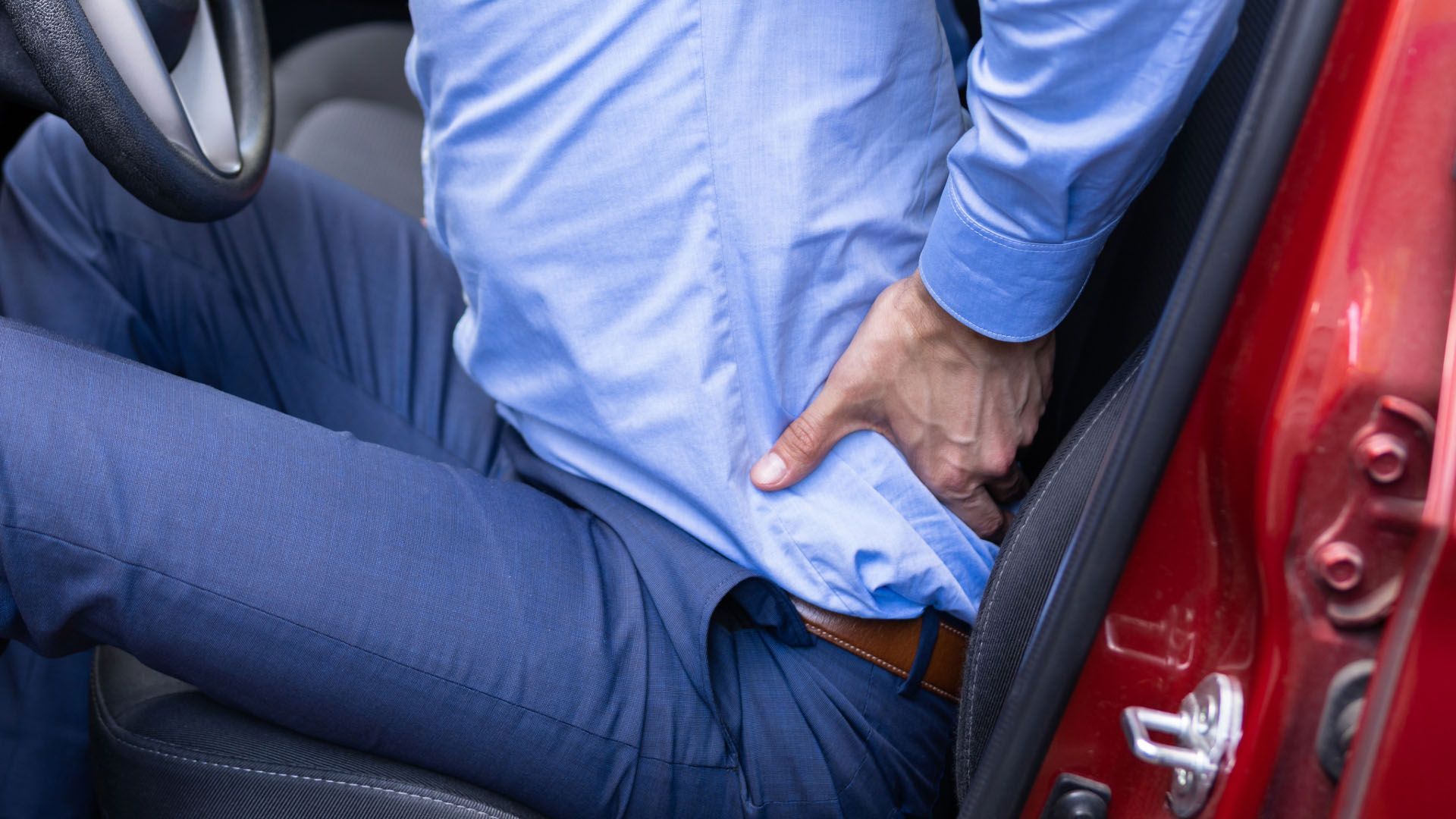
Car accidents can cause many injuries that affect the muscles, joints, and spine. Sometimes, even seemingly small accidents can lead to persistent pain, tightness, and reduced movement if they aren’t addressed promptly. That’s why timely and effective recovery is essential to prevent long-term complications and help you return to your normal routine.
One of the most effective approaches to recovery after a car accident is chiropractic care. Chiropractors specialize in identifying and treating injuries related to the spine and musculoskeletal system, providing safe, non-invasive relief that supports your body’s natural healing process.
Common Injuries from Car Accidents
Car accidents often cause injuries to the neck, back, and soft tissues. Whiplash, caused by sudden jerking of the head, is a common injury leading to neck pain, stiffness, headaches, and limited movement. Other typical injuries include soft tissue sprains and strains, spinal misalignments that irritate nerves, and muscle soreness from impact.
Chiropractors treat many of these issues by realigning the spine, reducing inflammation, and improving mobility to relieve pain and support healing. However, chiropractic care is not suitable for severe injuries like fractures, traumatic brain injuries, or internal organ damage, which require immediate medical attention. Chiropractors may assist later with rehabilitation once the patient is stable.
How Chiropractic Care Helps After a Car Accident
Chiropractic care supports recovery by correcting spinal misalignments and treating soft tissue injuries that often cause lingering pain and limited mobility. Gentle spinal adjustments relieve pressure on nerves, improve joint function, and enhance circulation to damaged tissues, helping the body heal naturally without medication.
This approach addresses common symptoms like neck pain, back pain, stiffness, and headaches, while reducing inflammation and restoring range of motion. Chiropractic care also helps prevent long-term complications such as chronic pain or joint degeneration, promoting a safer and more complete recovery.
What to Expect During Chiropractic Treatment After a Car Accident
When you begin chiropractic care after a car accident, your chiropractor will first perform a thorough evaluation, including a physical exam and review of your injury history. They may also use imaging tests to understand the extent of your injuries. Treatment typically involves gentle spinal adjustments combined with soft tissue therapy, stretches, and rehabilitation exercises tailored to your needs.
Most patients experience gradual pain relief and improved mobility within a few sessions. Treatment frequency depends on injury severity and individual healing rates. Throughout care, your chiropractor will monitor progress and adjust the plan to ensure safe, effective recovery.
Personalized Chiropractic Recovery After a Car Accident
Chiropractic care offers a safe, drug-free way to recover from car accident injuries by relieving pain, improving mobility, and addressing spinal misalignments. Early treatment helps prevent long-term issues and speeds up your return to daily life. It’s an effective option for managing common post-accident symptoms like neck pain, back stiffness, and muscle tension.
Dr. Nikta Andalib, DC, provides expert care for those recovering from bus, motorcycle, or truck accidents. Her personalized approach supports full recovery by restoring strength and mobility. Ready to heal? Book your chiropractic evaluation today.
Dr. Nikta Andalib, DC, provides expert care for those recovering from bus, motorcycle, or truck accidents. Her personalized approach supports full recovery by restoring strength and mobility. Ready to heal? Book your chiropractic evaluation today.
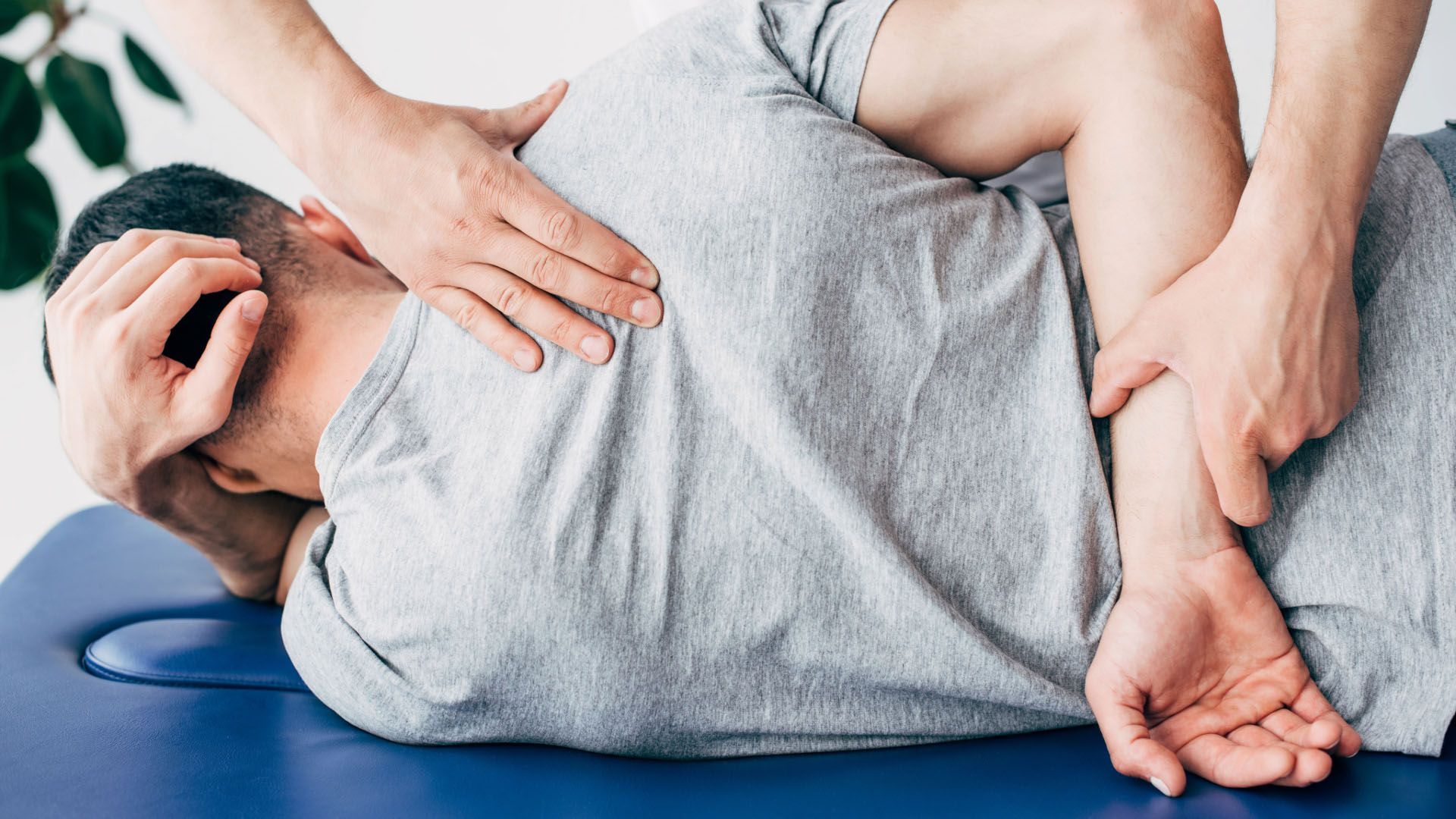
Back pain often follows car accidents, even when the crash seems minor. Sudden, forceful movements can strain your spine and muscles, but pain might not show up immediately — sometimes it takes days. That’s why chiropractors emphasize early care to realign your spine, ease muscle tension, and help avoid long-term problems. In this blog, we’ll explore how chiropractic care can effectively treat back pain and support your recovery after a car accident. Why Back Pain Develops After a Car Accident Back pain after a car accident is common due to sudden, forceful impacts that disrupt spinal alignment. The spine consists of bones, discs, muscles, and nerves working together to support movement and protect the spinal cord. During a collision, the rapid back-and-forth motion, often called whiplash, can strain or injure these tissues. Common injuries include: Spinal misalignment (subluxations): Vertebrae knocked out of position, causing nerve irritation and muscle spasms. Muscle strains and ligament sprains: Overstretched or torn muscles and ligaments cause pain and stiffness. Disc injuries: Impact can cause discs to bulge or herniate, pressing on nerves and causing radiating pain or numbness. Back pain symptoms may not appear immediately; inflammation and tissue damage can take days or weeks to surface. How Chiropractic Care Treats Back Pain After a Car Accident Chiropractic care targets the root cause of back pain, often spinal misalignment or soft tissue damage. Through precise spinal adjustments, chiropractors realign the vertebrae to reduce nerve irritation and restore proper movement, relieving pain and improving mobility without invasive procedures. They may also use soft tissue therapies like massage or myofascial release to ease muscle tension and promote healing. Treatment is personalized to each patient’s injury and symptoms, often including stretches and strengthening exercises to support long-term recovery. Many patients experience pain relief, reduced inflammation, and improved function within a few sessions. Chiropractic care is a safe, drug-free approach that supports the body’s natural healing process and can help avoid surgery or prolonged medication use after an accident. When to See a Chiropractor After a Car Accident Key signs you should seek chiropractic care include: Persistent Back Pain: Pain lasting more than a few days or worsening may signal an injury needing professional attention. Limited Mobility: Difficulty bending, twisting, or turning your torso can indicate joint or muscle dysfunction. Tingling or Numbness: Sensations in the back, arms, or legs may suggest nerve compression. Radiating Pain: Pain traveling down your arms or legs could relate to disc injury or nerve irritation. Delayed Symptoms: Symptoms appearing days after the accident still require evaluation, as delayed pain can worsen without care. Next Steps in Your Recovery Back pain after a car accident can be more than just a temporary discomfort — it may signal deeper issues like spinal misalignment, soft tissue injuries, or nerve irritation. Chiropractic care offers a non-invasive, drug-free approach to diagnosing and treating these problems. From gentle adjustments to tailored recovery plans, chiropractors address the root cause of pain, helping the body heal and restore mobility over time. For those injured in car, motorcycle, or other vehicle accidents, specialized chiropractic care from experienced professionals like Dr. Nikta Andalib, DC, can make a significant difference in long-term recovery. Her comprehensive approach not only eases pain but also rebuilds strength and improves function. Schedule your accident evaluation today – don’t let pain hold you back any longer.

For those recovering from workplace injuries, chiropractic care can be an effective, noninvasive way to reduce pain and restore function. But how long do the benefits of each adjustment actually last? The answer isn’t the same for everyone — it often depends on the individual and the nature of their injury.

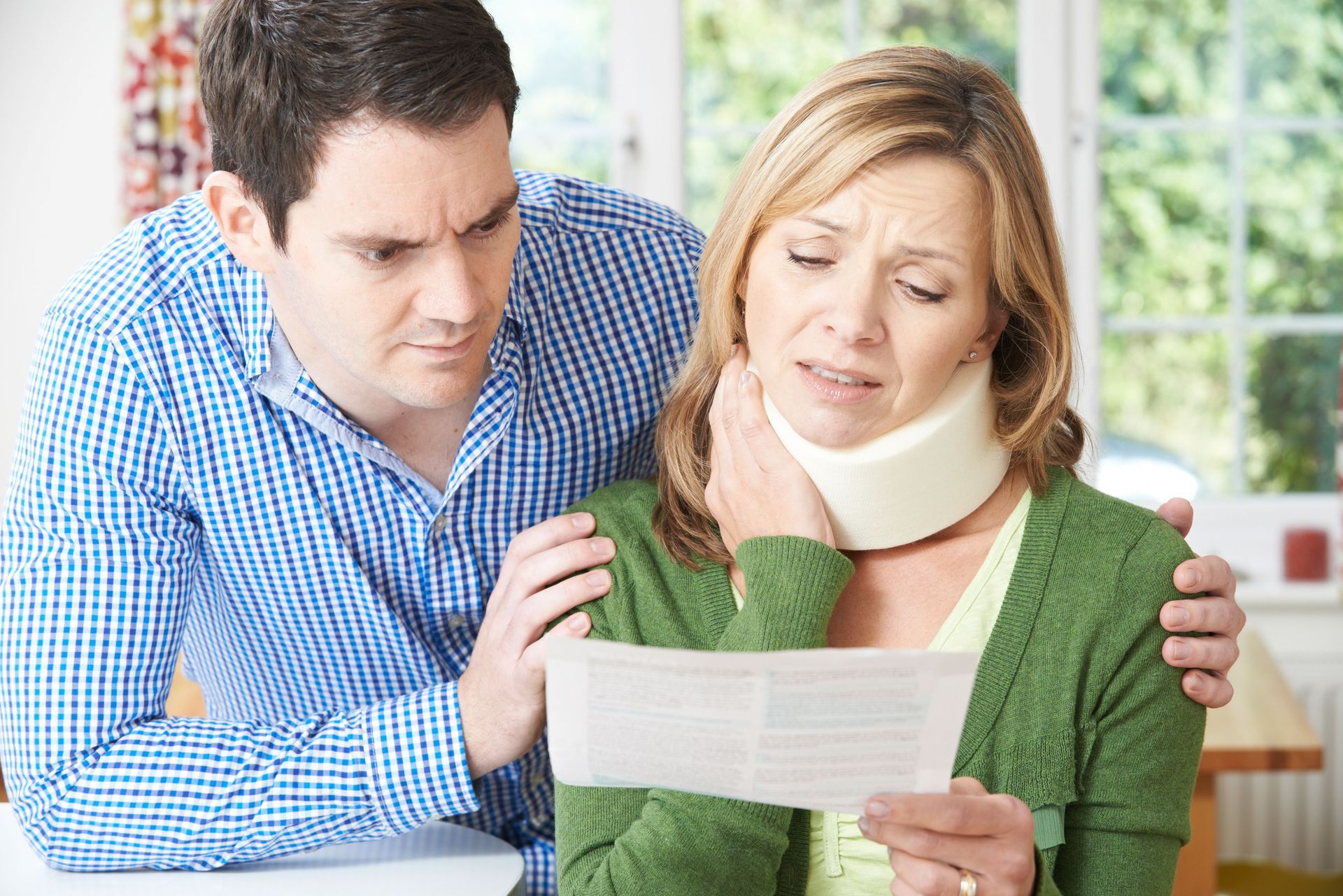
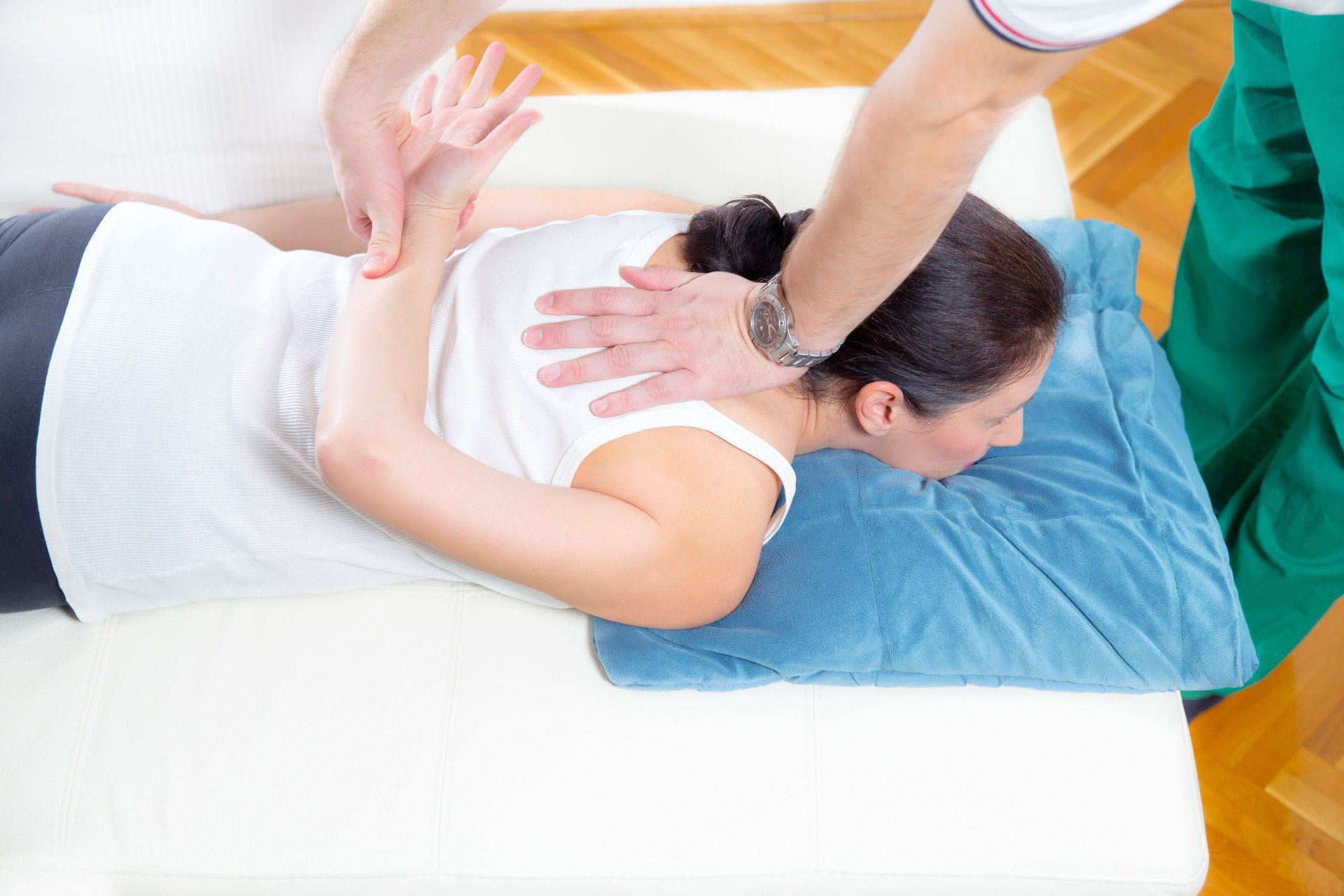




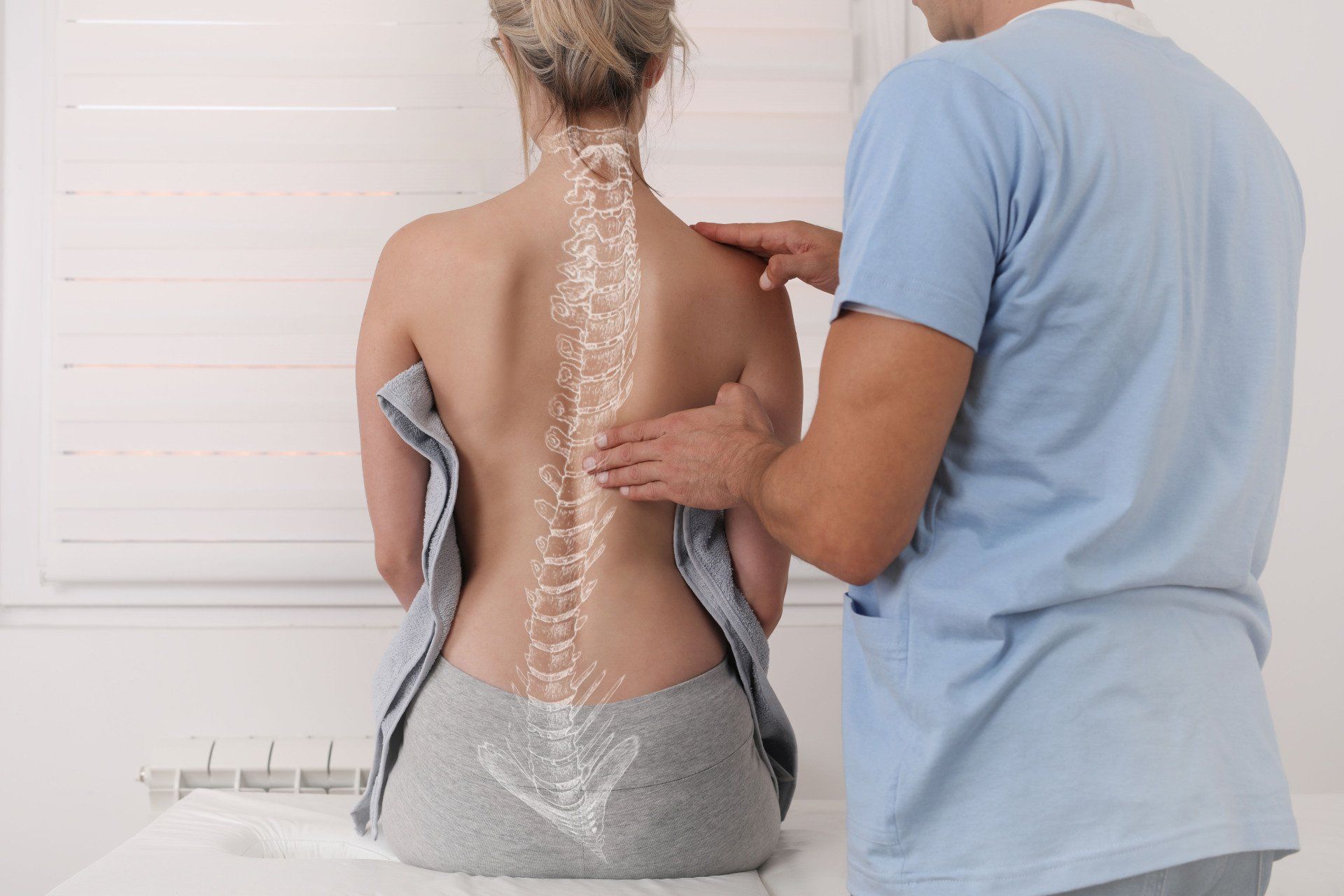
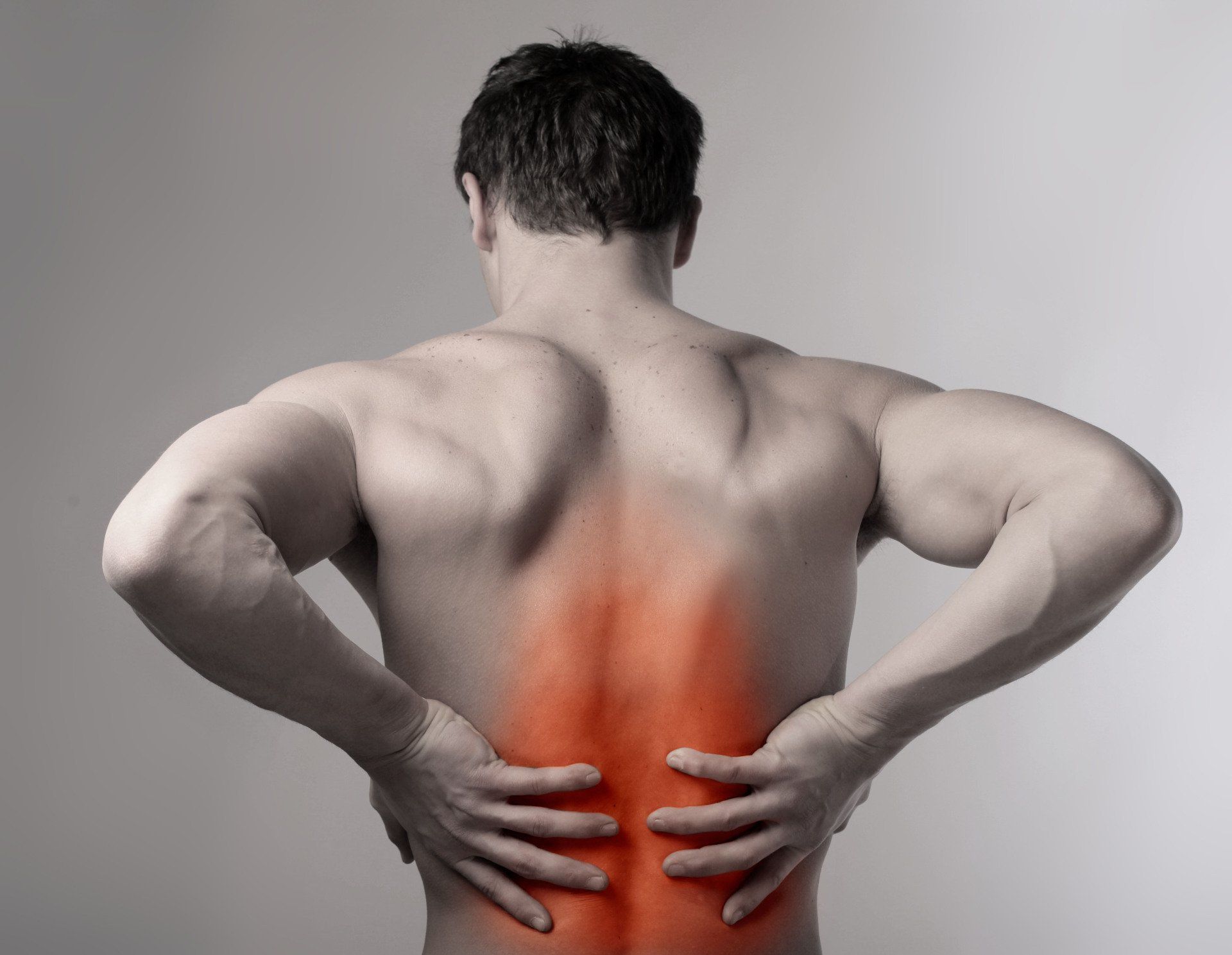
Share On: